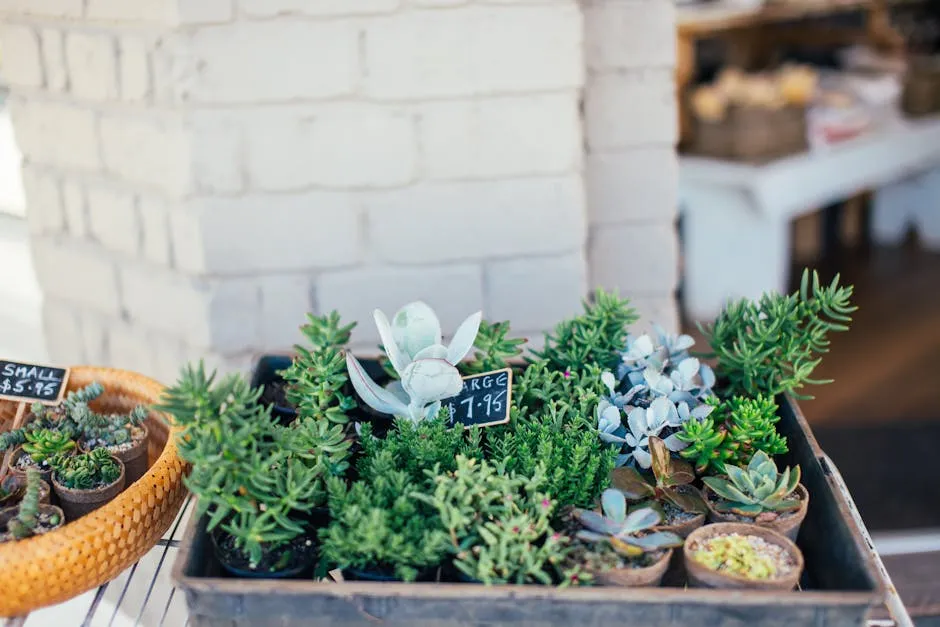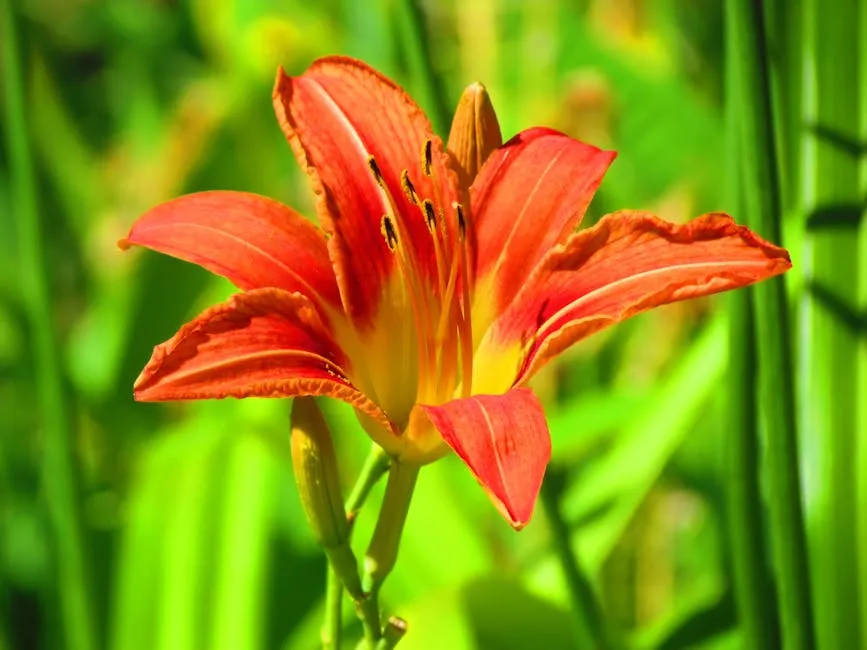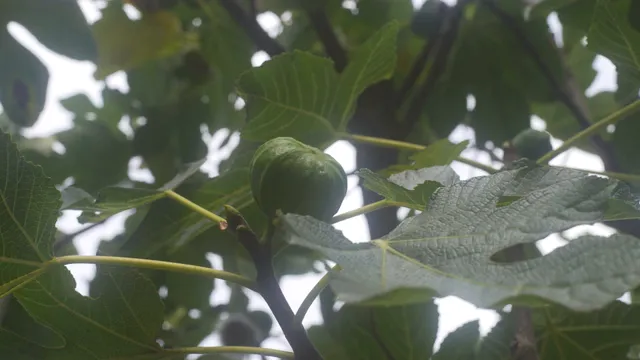

Cranberry Plants for Sale: A Comprehensive Guide to Growing and Purchasing
Introduction
Cranberry plants are gaining popularity among gardeners. Their vibrant color and health benefits make them a fantastic addition to any garden. You can find various cranberry plants for sale at local nurseries and online retailers. This article serves as a guide on where to buy, how to grow, and the advantages of growing your own cranberries.Summary and Overview
Cranberries are small, tart berries packed with nutrients. They’re commonly used in juices, sauces, and desserts. The demand for cranberry plants has surged due to their numerous health benefits, including high antioxidant levels and potential disease prevention. In this guide, we’ll cover the importance of cranberries in your diet, explore different varieties available for sale, and share essential tips for growing and maintaining these delightful plants. You’ll learn how to cultivate your own cranberry plants and enjoy their rewards for years to come.
Local Nurseries and Garden Centers
Buying cranberry plants from local nurseries has many perks. First, you support your community and get fresh, healthy plants. Local nurseries often provide plants that thrive in your specific climate. Plus, they can offer expert advice tailored to your gardening needs. Finding local sources for cranberry plants is easy. Start by searching online for nurseries near you. Use phrases like “local nurseries” or “garden centers nearby” in your search engine. Don’t forget to check social media groups or local gardening clubs. These platforms often share trusted sources. You might notice different varieties available depending on your region. For instance, some areas may favor the Stevens variety, while others might have a good selection of Ben Lear or Pilgrim cranberries. Each variety has unique characteristics that suit different growing conditions. Visit your local gardening center to find fresh cranberry plants today! Consider enhancing your gardening experience with a Raised Garden Bed. It provides the perfect structure for growing cranberries with better drainage and soil control.Watering and Drainage
Cranberry plants require consistent moisture to thrive. They typically need about one inch of water per week. This can come from rainfall or irrigation. During dry spells, checking the soil moisture is essential. A good watering schedule involves watering deeply but less frequently. This encourages deeper root growth, helping plants become more resilient. Proper drainage is crucial for these plants. Cranberries are susceptible to root rot if they sit in waterlogged soil. To ensure good drainage, consider planting in raised beds or cranberry bogs. Incorporating organic matter, like compost for gardening, can also improve soil structure. Additionally, use mulch to retain moisture without waterlogging the roots. By maintaining the right water levels and ensuring adequate drainage, you can support healthy growth.Discover effective watering techniques and drainage solutions for your garden. raised bed gardening tips and tricks

Pest and Disease Management
Cranberry plants can face several pests and diseases. Common pests include fruit worms and aphids. These can damage the fruit and foliage if left unchecked. Additionally, diseases like fruit rot and blight can impact your harvest. Preventing these issues starts with integrated pest management. Regularly inspect your plants for signs of trouble. Keeping the area clean can deter pests. Introducing beneficial insects, like ladybug habitats, can also help control unwanted visitors. For treatment, consider organic solutions, such as organic neem oil or insecticidal soap. These are effective and safer for your plants and the environment. By taking proactive steps, you can protect your cranberry plants and ensure a bountiful harvest. Protect your cranberry plants with these effective management tips!Health Benefits of Cranberries
Cranberries are not just tasty; they’re packed with nutrients. These small berries are rich in antioxidants, vitamins C and E, and dietary fiber. They help combat oxidative stress in the body, promoting overall health. Studies show that cranberries may prevent urinary tract infections, improve heart health, and support digestive wellness. For instance, research indicates that regular consumption can lower the risk of heart disease by improving cholesterol levels. With such a powerful nutritional profile, incorporating cranberries into your diet can enhance your well-being. You might even consider adding cranberry extract capsules or cranberry supplement gummies to your routine for extra health benefits.
Customer Reviews and Testimonials
Customer feedback on cranberry plants is overwhelmingly positive. Many buyers express satisfaction with their purchases. For instance, one customer noted, “I couldn’t be happier with my cranberry plants from Grover’s!” This sentiment reflects a common theme: quality and service matter. Experienced growers often share valuable tips too. They recommend checking local nurseries for fresh plants, as these tend to thrive better. One user mentioned how their Stevens variety produced an abundant crop after just two seasons, thanks to proper care and local soil conditions. Many testimonials highlight the joy of harvesting homegrown cranberries. One grower shared, “Nothing beats the taste of fresh cranberries picked from my backyard!” These stories inspire others to start their own cranberry gardens.Read more about the experiences of other gardeners and their tips for success. container gardening ideas for small spaces

Conclusion
In summary, growing your own cranberry plants offers numerous benefits. With the right care, you can enjoy fresh berries and enhance your garden’s beauty. Purchasing quality plants from trusted sources ensures a rewarding growing experience. Consider starting your own cranberry garden today! The health benefits and delicious flavor of homegrown cranberries make it a worthwhile endeavor. You might also want to invest in a pair of gardening gloves to protect your hands while you work!
FAQs
What are the best conditions for growing cranberry plants?
Cranberry plants thrive in acidic soil with a pH of 4.5 to 5.5. They prefer full sun and well-drained areas. Consistent moisture is key; aim for about one inch of water weekly.
How do I care for my cranberry plants?
To care for cranberry plants, ensure regular watering and good drainage. Prune them in late winter to encourage growth. Fertilize in early spring with a balanced fertilizer to boost health.
Can cranberries be grown in pots?
Yes, cranberries can be grown in pots! Choose a large container with drainage holes and fill it with acidic potting mix. Regular watering is essential for container-grown plants.
What is the best time to plant cranberry plants?
The best time to plant cranberry plants is in early spring. This allows them to establish roots before the heat of summer.
Are cranberry plants hardy in colder climates?
Cranberry plants are quite hardy and can withstand cold temperatures. However, protecting them with mulch during winter helps prevent frost damage.
Can cranberries be grown in pots?
Absolutely! Growing cranberries in pots is a great option. Choose a large container with drainage holes. This ensures excess water can escape, which is vital for healthy roots. Use an acidic potting mix, as cranberries thrive in acidic environments. When planting, space your cranberry vines about 12 to 18 inches apart. This allows for proper air circulation and growth. Regular watering is crucial for container plants. Keep the soil consistently moist, but not soggy. Consider using mulch to retain moisture and regulate temperature. Position your pots in a spot that receives full sun. Cranberries love sunlight and need about six hours of direct sunlight daily. With the right care, you can enjoy fresh cranberries right from your balcony or patio!
What is the best time to plant cranberry plants?
The best time to plant cranberry plants is in early spring. This timing allows the plants to establish their roots before the summer heat kicks in. If you’re in a warmer climate, you may also consider planting in fall. Ensure the soil temperature is above 50°F for optimal growth. When planting, select a sunny location with well-drained, acidic soil. Prepare the planting area by adding organic matter to enrich the soil. This will help your cranberry plants thrive throughout the growing season. By planting at the right time, you’ll set your cranberry plants up for success!
Are cranberry plants hardy in colder climates?
Cranberry plants are surprisingly hardy and can withstand cold temperatures. They thrive in USDA hardiness zones 3 to 6. However, during winter, protecting them from extreme cold is essential. One effective method is to apply a thick layer of mulch around the base of the plants. This insulates the roots and helps prevent frost damage. In regions with harsh winters, some growers flood their cranberry bogs with water to protect the plants from freezing. If you’re growing cranberries in pots, consider bringing them indoors during extreme cold snaps. With proper care, your cranberry plants can survive and flourish, even in chilly climates!
All images from Pexels



